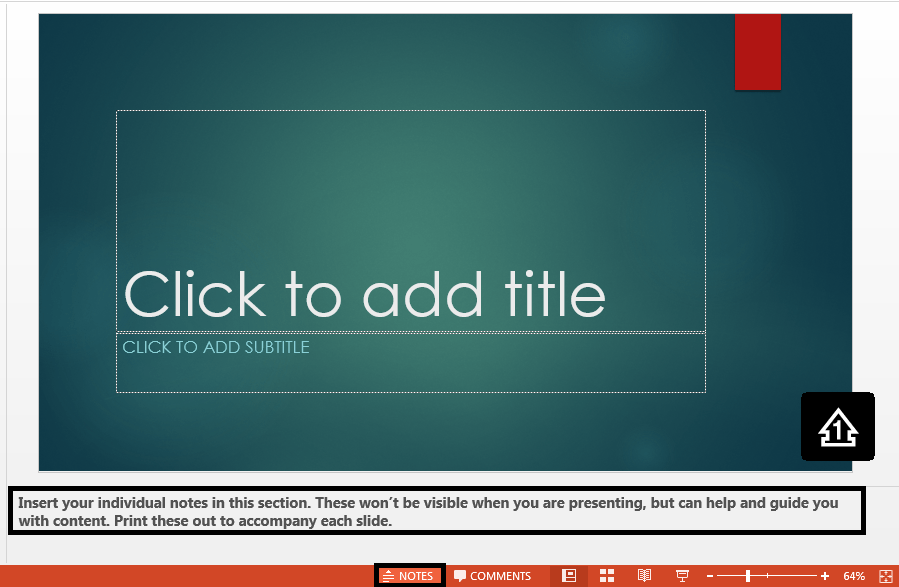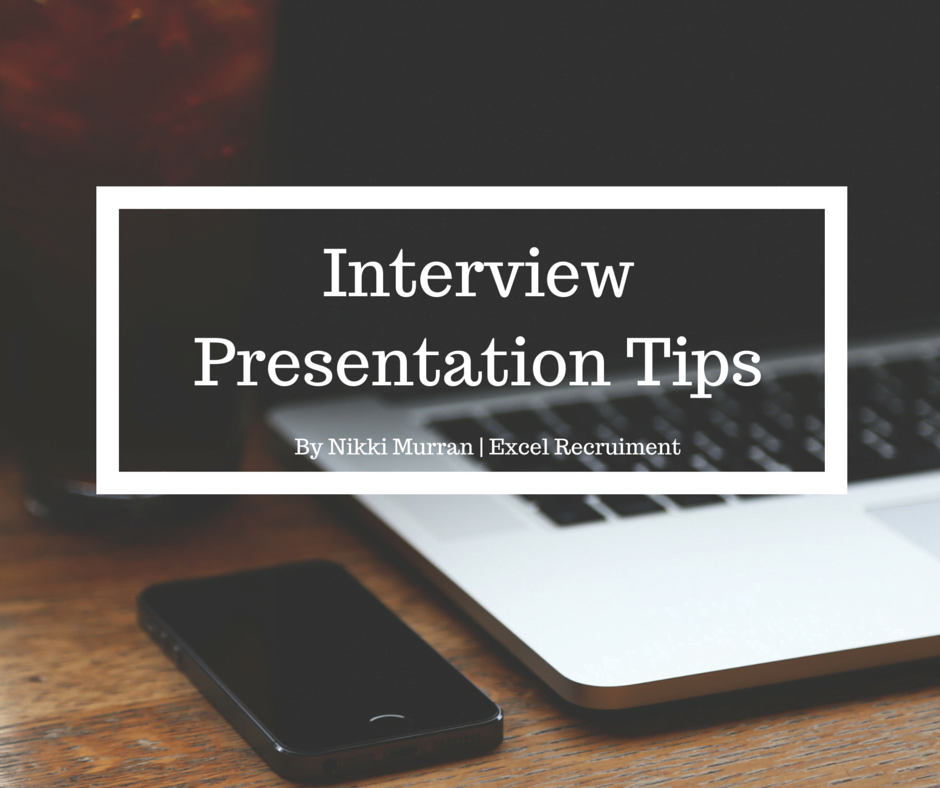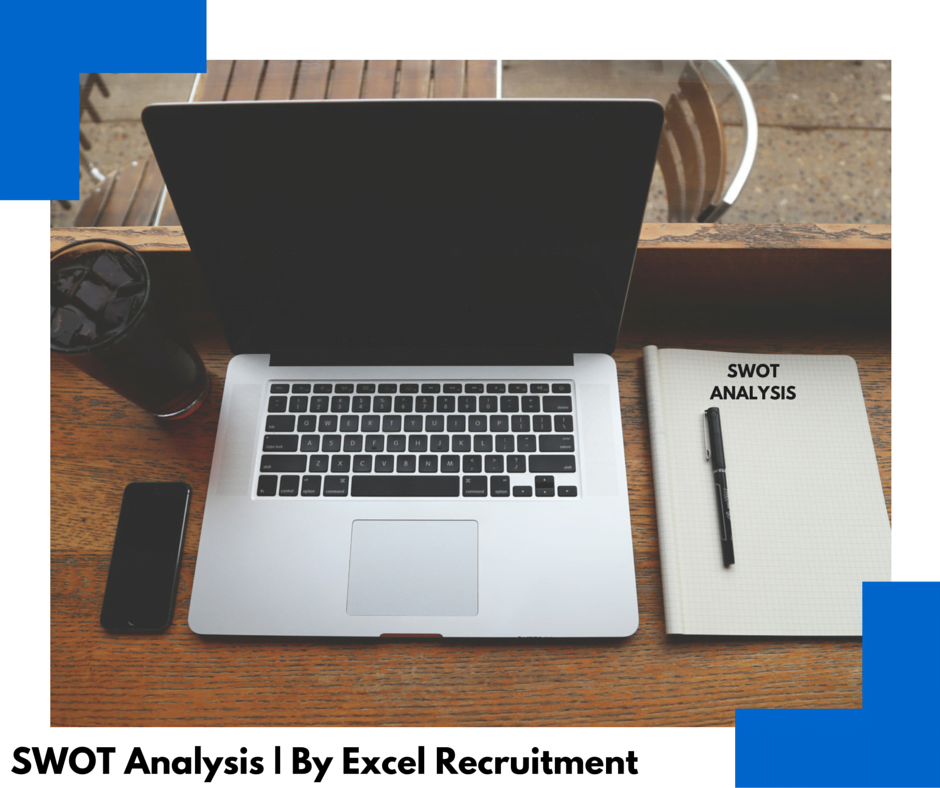SWOT Analysis and Powerpoint presentations are increasingly demanded by employers during the interview stage. Nikki Murran, Head of Grocery Retail at Excel Recruitment wrote this blog as a source to help her candidates prepare for a variety of different job interviews. At Excel Recruitment, we prepare candidates daily for interviews across all areas of Retail. For more useful tips you can visit our blog here.
Prepare
The age-old classic and the most important piece of advice. Don’t leave it to the last minute, as this only heightens the pressure you will already feel during the interview process. Give yourself amply time to prepare a solid presentation that allows for re-writes and changes.
Who are you presenting too?
Don’t assume and always ask. It isn’t always the case that the audience or person you are addressing is disclosed. Your presentation needs to engage, and address the right points.
How should I research?
There is so much readily available information at the click of a button. At the very minimum you should browse the company website and social media pages to establish company culture and company news.
Structure of presentation
The most common and advisable structure that we at Excel would recommend is thinking about this in 3 steps.
The Rule of Three
- Introduction or aims of presentation.
- Presentation content, broken down across three main points.
- Surmise your presentation and finish with a memorable statement.
Alternatively, a ‘Four Point’ structure can be used.
Four Point Presentations
While very much favoured in a sales environment, this structure can be made applicable for any interview.
- The why (Needs, resources, Relevance)
- What about? (Provides more information)
- How? (How it will work)
- What if? Looking into the future.
Whatever structure you decide on, understand that your opening statement needs to be memorable, and you need to engage your audience with impact, from your introduction.
What content?
This is the big question. Content is king.
- Avoid filler and waffle. Just don’t include it.
- What exactly are the asking you to present on? Grasp the keywords of the presentation title, build and elaborate on these. Stay focused on what they want you to address. This will help you demonstrate that you understand the position and company.
- What innovation, knowledge and new ideas can you bring?
- What can you as a potential new employee bring that will make a measurable difference, in terms of market position, sales and growth and competitive advantage.
- What is your USP (Unique selling point)? What wow factor sets you apart?
Powerpoint
Like marmite. Some love, some hate it. While your content and USP is crucial, presentation is also very important.
If you do have an understanding towards Powerpoint, we recommend utilising it. Do choose what feels right however and what you believe will work with the audience.
If you do choose to use Powepoint:
- We would suggest a max on 6/8 slides.
- However much you put on a slide, make sure it is easily readable by your audience.
- Keep it simple, you’re marked for knowledge rather than graphic presentation.
- Utilise the notes section and concentrate on putting the main point on the slides. (see below)
- Practice, then practice more. You want to ensure you are comfortable with content, your delivery and doing both of these in the stated time.
- Reading the slides word for word can frustrate your audience and isolate them. Avoid focusing your eyes solely on the presentation.

Practicalities
Presentation copies – ”I prefer to email my presentation a couple of days before so the company can load it up and print copies for the audience. If you have decided to use pictures with just the odd word, then obviously it’s not necessary. If you decide to do this you can mail it back directly to us and we will forward it on for you. I would recommend printing a few copies of the presentation and handing them out on the day – sometimes technology just adds to nerves! ”
——- Nikki Murran
Back-up – Technology being what it is- take a backup copy of your presentation on another USB stick.
Clothes and delivery
Suitable clothing is a given. Most of us have an interview outfit we favour. Try it on and make sure it fits and avoid anything you are hesitant towards.
- Sip water before to avoid dry mouth.
- Deliver the presentation standing up- unless there is a good reason you can’t.
- Avoid jokes, unless you are 100% confident you will pull it off and it is in the tone of the presentation.
- Smile, relax and engage.
- Address the whole room rather than focusing on an individual.
- Don’t speak too quickly and avoid excessive hand movements.
- Sound enthusiastic, passionate and however nervous, try to enjoy it.

This blog was written by Nikki Murran, Head of Grocery Retail at Excel Recruitment. View Nikki’s profile here and all her live jobs in Grocery Retail here.









